Avoiding Common Plumbing Issues: 5 Nightmares to Prevent
Common plumbing issues like clogged drains, leaky pipes, and frozen plumbing pose significant proble…….
Plumbing, an essential aspect of modern life, underpins our daily routines from accessing clean water to efficient waste management. However, even in well-maintained systems, plumbing issues are inevitable due to various factors such as aging infrastructure, changing weather patterns, and evolving user demands. This article delves into the complexities of common plumbing issues, exploring their global impact, economic implications, technological solutions, and policy frameworks. By understanding these challenges, we can foster more sustainable practices and ensure resilient plumbing systems for generations to come.
Definition: Common plumbing issues refer to a range of problems encountered in water distribution, drainage, and sanitation systems, affecting both residential and commercial properties. These issues include leaks, clogs, low water pressure, corroded pipes, and inefficient fixtures.
Core Components:
Leakage: The most prevalent plumbing issue, leakage can occur at various points, including joints, pipes, fixtures, and appliances. It leads to water waste and potential structural damage.
Clogs: Blockages in drainage systems cause clogs, often due to grease buildup, foreign objects, or tree roots intruding into sewer lines.
Low Water Pressure: This issue reduces the efficiency of plumbing systems, affecting both water delivery and wastewater removal. It can be caused by leaks, mineral accumulation, or issues with the main water supply line.
Pipe Corrosion: Over time, pipes can corrode due to chemical reactions with water, leading to structural integrity issues and potential failure.
Inefficient Fixtures: Outdated or improperly installed fixtures can result in excessive water wastage, impacting both financial and environmental aspects.
Historical Context: Plumbing issues have been a concern since ancient civilizations. From the Roman aquaducts to modern city sewers, managing water distribution and sanitation has evolved significantly. However, as urbanization grew, so did the complexity of plumbing systems, introducing new challenges that continue to shape our approach to these issues today.
Plumbing issues transcend geographical boundaries, affecting developed and developing nations alike. According to a 2021 report by the World Bank, an estimated 2.1 billion people worldwide lack access to basic sanitation, highlighting the urgent need for addressing plumbing issues globally. Key trends shaping this landscape include:
Urbanization: Rapid urban growth increases pressure on existing plumbing infrastructure, exacerbating issues like congestion and water scarcity.
Climate Change: Extreme weather events impact sewer systems and water distribution networks, leading to increased maintenance costs and service disruptions.
Water Scarcity: Droughts and decreasing freshwater supplies strain plumbing systems, prompting communities to adopt more efficient practices.
Infrastructure Aging: In many countries, aging pipes and outdated plumbing systems require significant investment for repair and replacement.
Market Dynamics: The global plumbing market is a multi-billion-dollar industry, driven by rising urbanization, infrastructure development, and increasing water usage. According to Grand View Research, the market size was valued at USD 347.5 billion in 2021 and is projected to grow at a CAGR of 8.2% from 2022 to 2030.
Investment Patterns: Governments and private entities invest heavily in plumbing infrastructure to ensure reliable water supply and sanitation services. However, the cost of fixing common plumbing issues can be substantial, influencing budget allocations and leading to innovative financing mechanisms.
Economic Impact: Inefficient plumbing systems result in significant economic losses due to water waste, increased energy consumption, and damage to properties. For instance, a study by the U.S. Environmental Protection Agency (EPA) estimated that fixing leaks alone could save Americans billions of dollars annually.
Technological innovations play a pivotal role in addressing common plumbing issues, offering more efficient, sustainable, and cost-effective solutions:
| Technology | Description | Impact |
|---|---|---|
| Smart Sensors | Advanced sensors monitor water pressure, flow rates, and leakage in real time. | Early detection of problems reduces repair costs and minimizes damage. |
| Remote Control Valves | Allows remote management of water valves for efficient maintenance and leak prevention. | Enables quick responses to potential issues, even from afar. |
| High-Pressure Cleaning | Utilizes powerful water jets to clear clogs and restore pipe functionality. | Minimizes the need for chemical cleaners and reduces environmental impact. |
| Corrosion-Resistant Pipes | New materials and coatings enhance pipe longevity, reducing corrosion-related issues. | Lower maintenance costs and increased system lifespan. |
| Water Recycling Systems | Recycles greywater for non-potable uses, reducing fresh water demand. | Conserves water resources and promotes sustainability. |
| AI-Powered Diagnostics | Artificial intelligence analyzes sensor data to predict and diagnose plumbing issues. | Proactive maintenance reduces unexpected breakdowns. |
Governments worldwide implement policies and regulations to govern plumbing practices, ensuring safe and efficient water management:
Building Codes: Local and national building codes dictate plumbing standards, including material specifications, installation practices, and energy efficiency requirements.
Environmental Regulations: Many countries have regulations in place to protect water quality and prevent pollution from plumbing systems. These include limits on chemical use and guidelines for proper waste disposal.
Subsidies and Incentives: Some governments offer financial incentives for adopting efficient plumbing fixtures and technologies, encouraging sustainable practices.
Infrastructure Funding: Public investment in plumbing infrastructure ensures the availability of clean water and effective sanitation services, particularly in underserved communities.
Singapore: Integrated Water Management System
Singapore has pioneered an integrated approach to water management, addressing plumbing issues holistically. The National Water Agency (NEA) employs advanced sensors, smart meters, and data analytics to monitor water usage and detect leaks in real time. This system allows for efficient water distribution, reduced waste, and proactive maintenance.
Sweden: Sustainable Plumbing Practices
Sweden is renowned for its sustainable plumbing practices, focusing on energy efficiency and environmental protection. The Swedish Building Code sets stringent standards for low-flow fixtures, rainwater harvesting, and efficient heating systems. These measures have significantly reduced the country’s water consumption and carbon footprint.
Common plumbing issues are complex challenges that demand multifaceted solutions. As urbanization continues to rise, the global community must prioritize sustainable plumbing practices to ensure access to clean water and sanitation for all. Technological advancements offer promising avenues for improvement, while robust policies and increased investment in infrastructure will be crucial in addressing these issues effectively.
In the future, a holistic approach integrating technology, policy, and public awareness will be essential in creating resilient and efficient plumbing systems worldwide.

Common plumbing issues like clogged drains, leaky pipes, and frozen plumbing pose significant proble…….

Clogged drains are a prevalent home plumbing problem caused by debris buildup. They can lead to wate…….
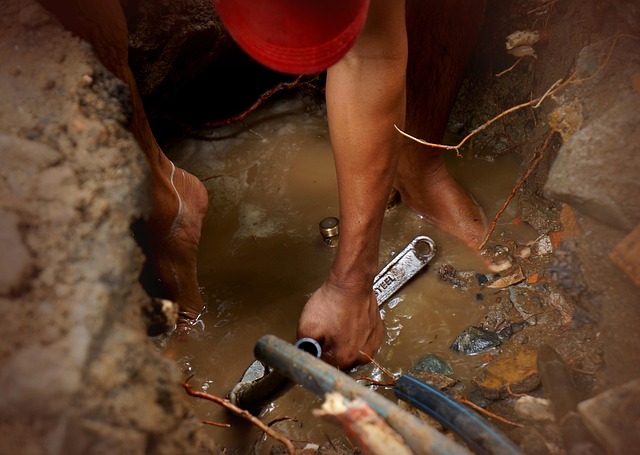
Plumbing issues like leaks, clogs, low pressure, and heating problems are common household concerns…….
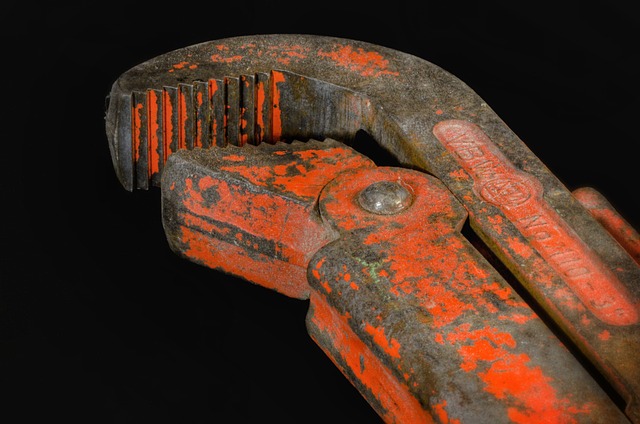
Water heaters are essential for daily life, but common plumbing issues like hot water shortages, lea…….
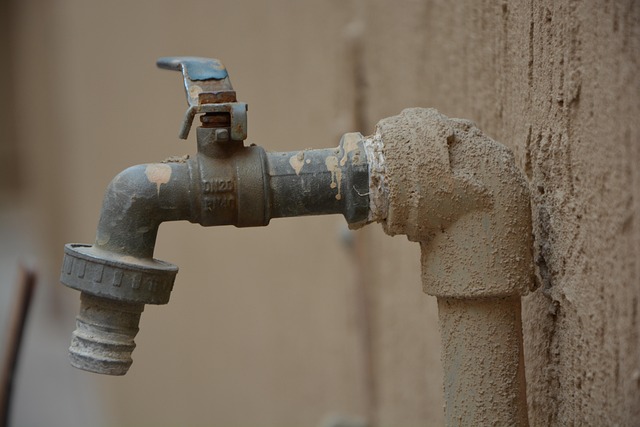
Identifying and addressing leaks early is key in managing common plumbing issues. Minor leaks can be…….

Homeowners often overlook common plumbing issues like dripping faucets, slow drains, and clogs as mi…….

Running toilets are a common household problem driven by leaky flapper valves, faulty fill valves, o…….
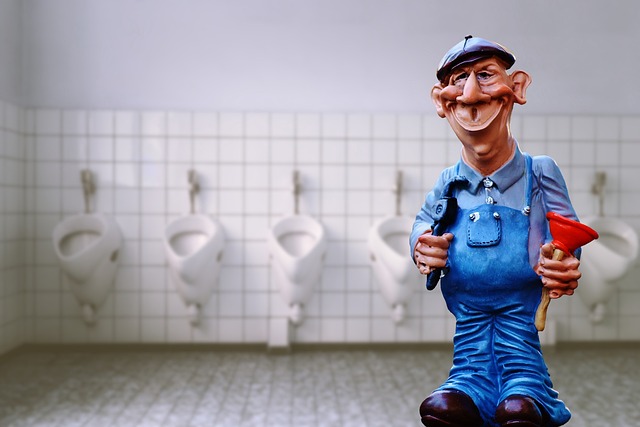
Water heaters are essential for daily routines, but they can cause disruptions due to common plumbin…….
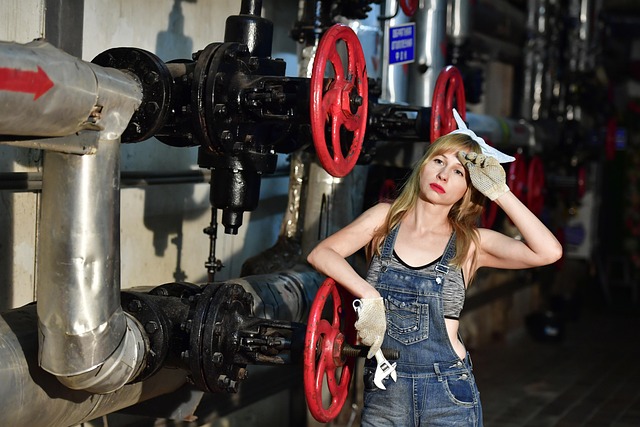
Regularly inspect your home for common plumbing issues like leaks, water damage, and mold growth. Lo…….
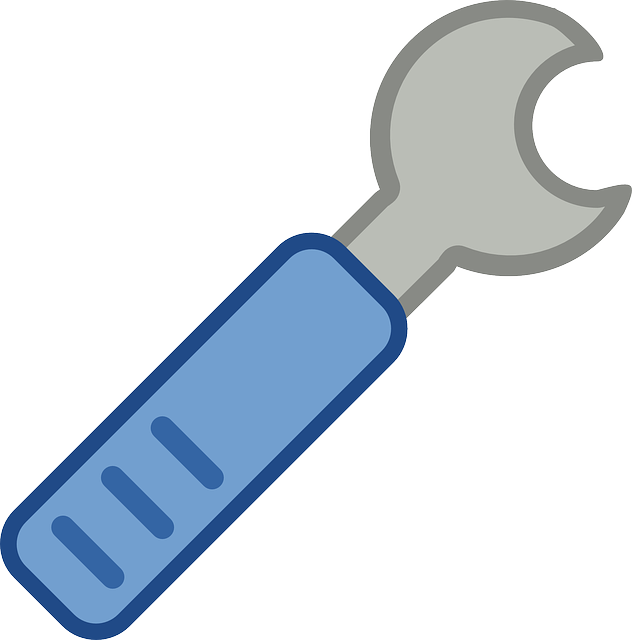
Common plumbing issues like clogged drains, leaks, and water heater problems can cause significant d…….